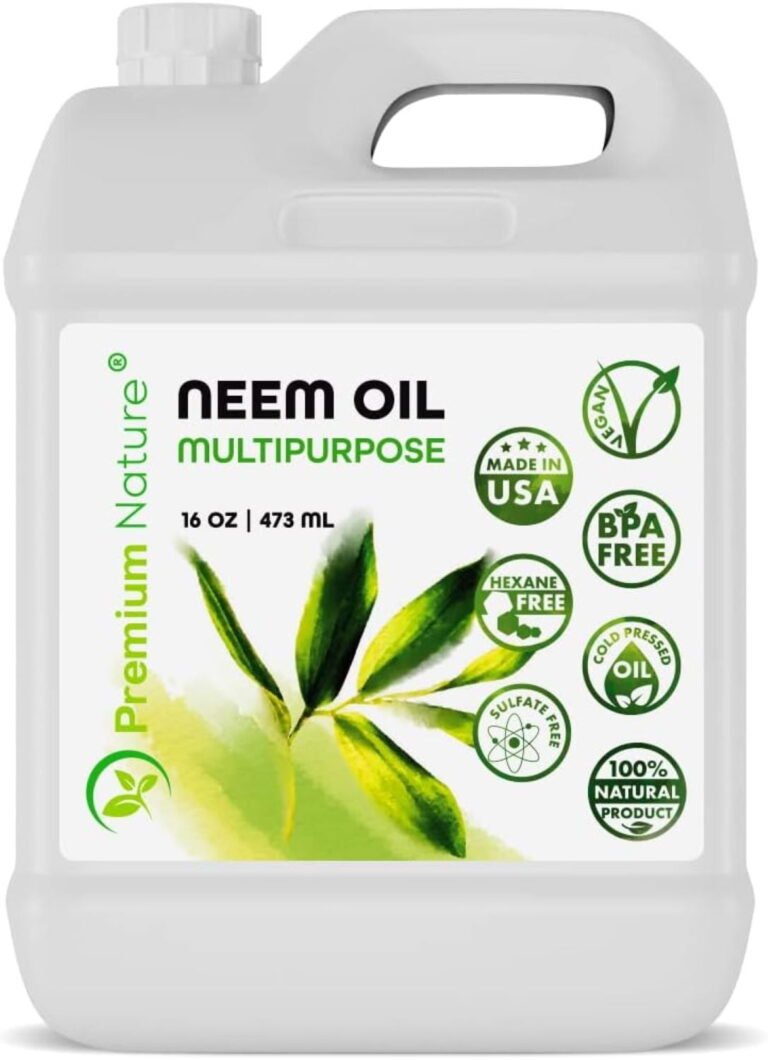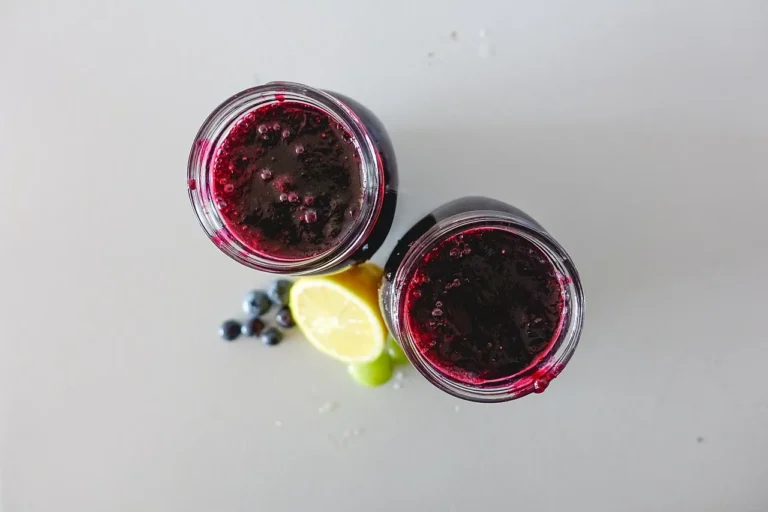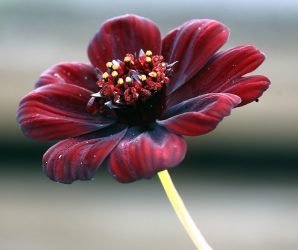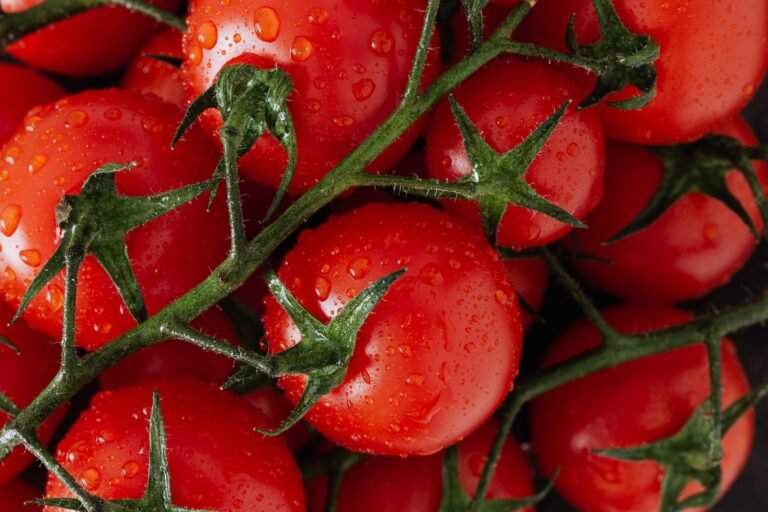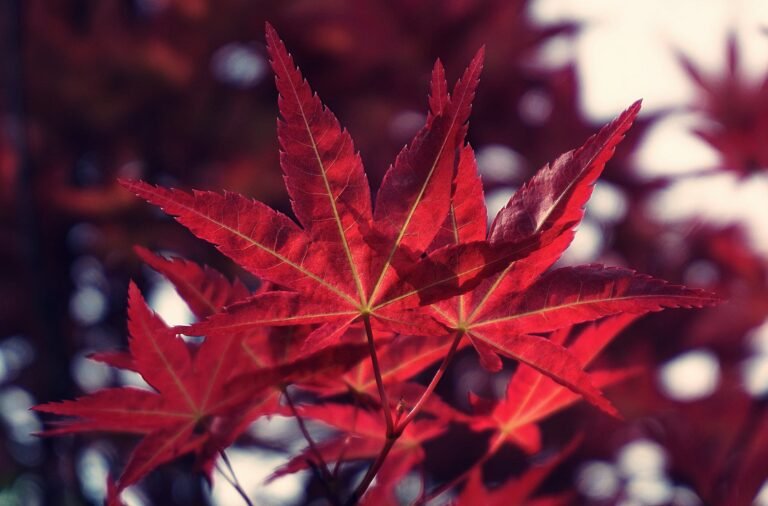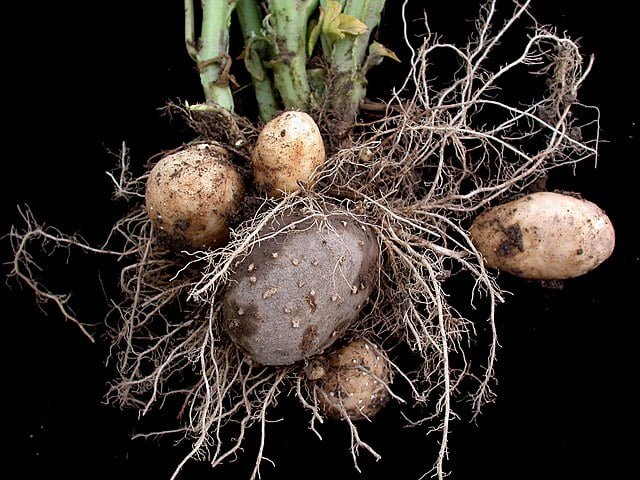How to Grow Banana Peppers
Banana peppers, with their tangy taste and vibrant yellow hue, are a favourite among gardeners and chefs alike. These mild chili peppers add a pop of colour and a zesty flavour to salads, sandwiches, and numerous culinary dishes. Whether you’re a seasoned gardener or a novice eager to expand your vegetable patch, banana peppers offer a rewarding growing experience with delicious results.
Introduction to Banana Peppers

Banana peppers, Capsicum annuum, are named for their long, curved shape and bright yellow color, resembling a banana. They belong to the chili pepper family and are known for their mild to medium heat, which makes them a versatile ingredient in many cuisines. Depending on the variety, banana peppers can range from sweet and mild to slightly spicy, catering to a wide array of palates.
Selecting the Right Variety
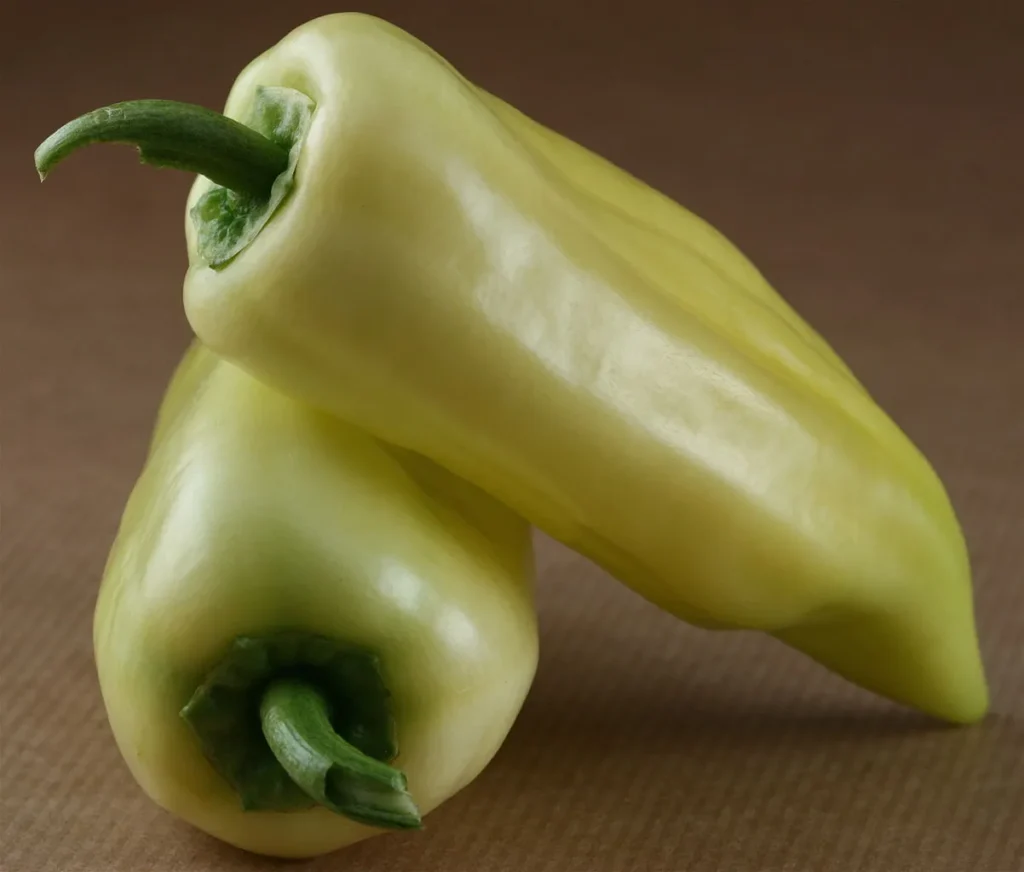
Banana peppers come in different varieties, including sweet and hot types. Choose the one that suits your taste and climate:
- Sweet Banana Pepper: The classic variety, known for its sweet taste and mild heat. Ideal for pickling or fresh use.
- Hungarian Wax Pepper: A spicier version that can add a kick to dishes. It’s excellent for frying or stuffing.
- Hot Banana Pepper: Offers more heat than the sweet variety and is perfect for those who like a mild spice.
Planting: Banana peppers thrive in warm, sunny conditions. Start seeds indoors about 6-8 weeks before the last frost date, then transplant outdoors when the soil has warmed and all danger of frost has passed. They can also be directly sown in regions with long, warm growing seasons.
Soil: Choose a location with well-draining soil rich in organic matter. Banana peppers prefer a slightly acidic to neutral pH (6.0-7.0).
Watering: Keep the soil consistently moist but not waterlogged. Water at the base of the plant to avoid wetting the foliage, which can lead to disease.
Spacing: Plant banana peppers 18 to 24 inches apart in rows that are 24 to 36 inches apart to ensure adequate air circulation and sunlight exposure.
Fertilizing: Apply a balanced fertilizer at planting and again halfway through the growing season. Avoid high-nitrogen fertilizers, which can promote foliage over fruit production.
Care and Maintenance
Pruning: While not strictly necessary, removing some of the early flowers can encourage stronger plants and larger peppers.
Support: Staking or using cages can help support plants as they grow and prevent peppers from touching the ground.
Pests and Diseases: Watch for common pests like aphids and pepper weevils, and diseases such as bacterial spot and powdery mildew. Practice crop rotation and use organic pesticides when necessary.
Harvesting and Using
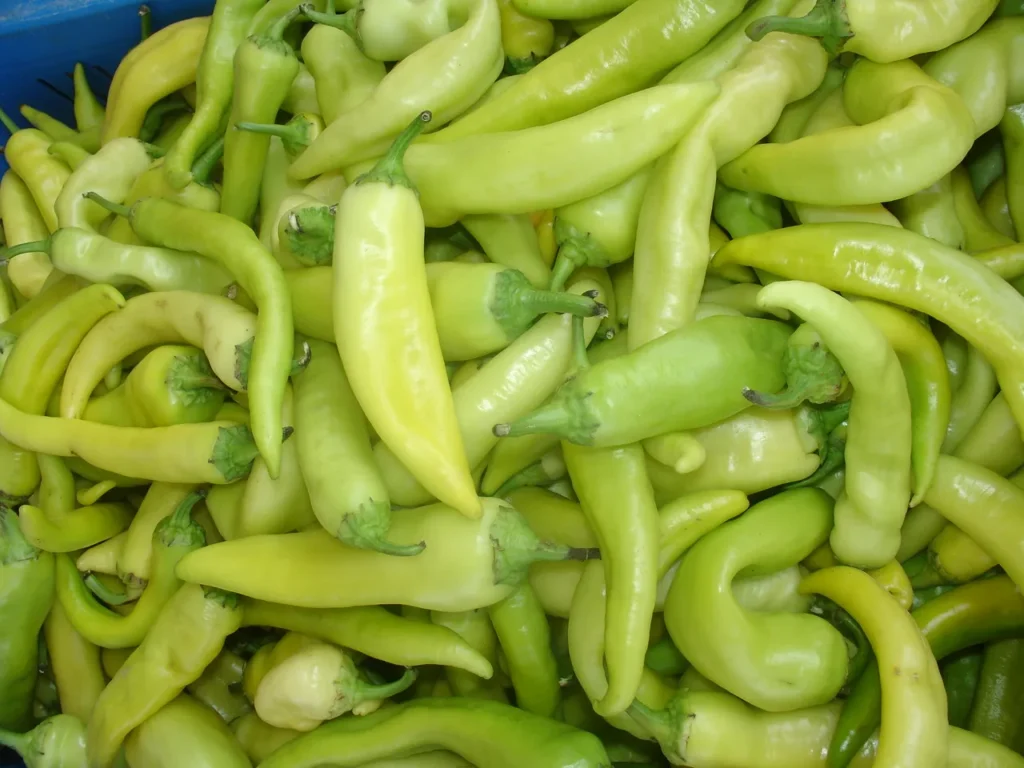
Harvesting: Banana peppers are ready to harvest when they are firm, brightly coloured, and about 4 to 6 inches long. Use a sharp knife or scissors to cut the peppers from the plant to avoid damage.
Usage: Banana peppers can be enjoyed fresh, pickled, or cooked. They’re a delightful addition to pizzas, sandwiches, salads, and stuffed pepper recipes. For a tangy treat, try pickling them with your favourite spices
Final Thoughts
Growing banana peppers is a fulfilling gardening project that yields delicious results. By following this guide, you’ll be well on your way to enjoying homegrown banana peppers in your favourite recipes.


